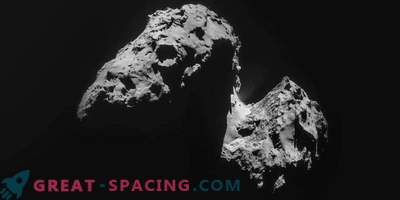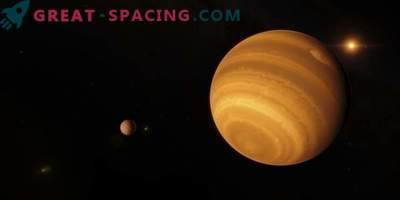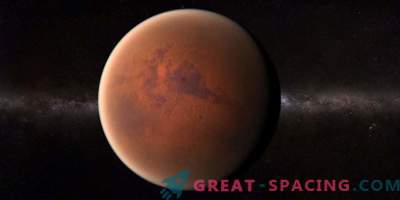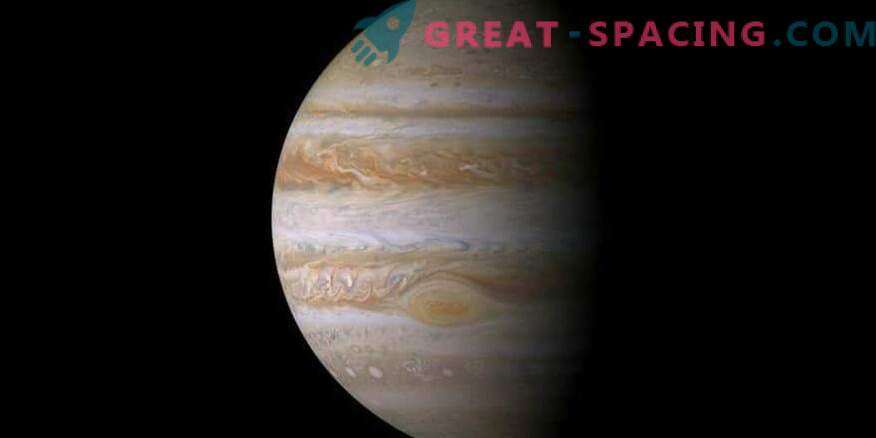
Researchers from the Universities of Bern and Zurich showed the formation of Jupiter. Data from meteorites suggests that the growth of a giant planet was postponed by 2 million years. Now we managed to get an explanation: collisions with kilometer-sized stones created high energy, which means that at this phase there are few chances for gas accretion and the growth of the planet slows down.
Because of the equatorial diameter of 143,000 km, Jupiter is considered the largest planet in the solar system, 300 times the Earth’s mass. The mechanism of the formation of such giants has been discussed for several decades. Only now it turns out to explain the mysteries of the past.

New Jupiter Formation Model
Scientists literally managed to demonstrate the growth of Jupiter in 3 stages. What is interesting is that the cause was not the bodies that deliver mass and energy. First of all, the planetary embryo was rapidly filled with small centimeter pebbles and created nuclei during the first million years. In the next 2 million years, processes of slow accretion of larger kilometer rocks (planetesimals) prevailed. They hit a growing planet with energy, releasing heat. After 3 million years, Jupiter grew to 50 Earth masses. In the third phase of the formation, accelerated gas accretion became dominant, which led to the creation of a gas giant with a mass of 300 terrestrial.
The solar system is divided into two parts

The southern hemisphere of Jupiter captured by NASA Juno
The new model of Jupiter’s birth corresponds to the meteoritic data presented at a conference in the USA last year. Measurements of the composition of cosmic stones showed that in the primeval era of the solar system, the nebula was divided into two regions for more than 2 million years. Therefore, we can say that Jupiter played the role of a barrier when it grew from 20 to 50 terrestrial masses. During this period, the emerging planet disrupted the dust disk, creating a superdensity that attracted pebbles outside its own orbit. Therefore, the material from the outer regions could not mix with the rock from the inner portions until the planet reached enough mass to perturb and direct the rocks inwards.
The discussion among scientists struck up about a single question: “Why did Jupiter spend 2 million years on growing from 20 to 50 terrestrial masses?”. Additional studies have shown that the period when the planet reached from 15 to 50 terrestrial masses, covers more time than previously thought. At this phase of collision formation with kilometer rocks, they provided enough energy to heat the gas atmosphere of young Jupiter and prevent rapid cooling, compression and further gas accretion.
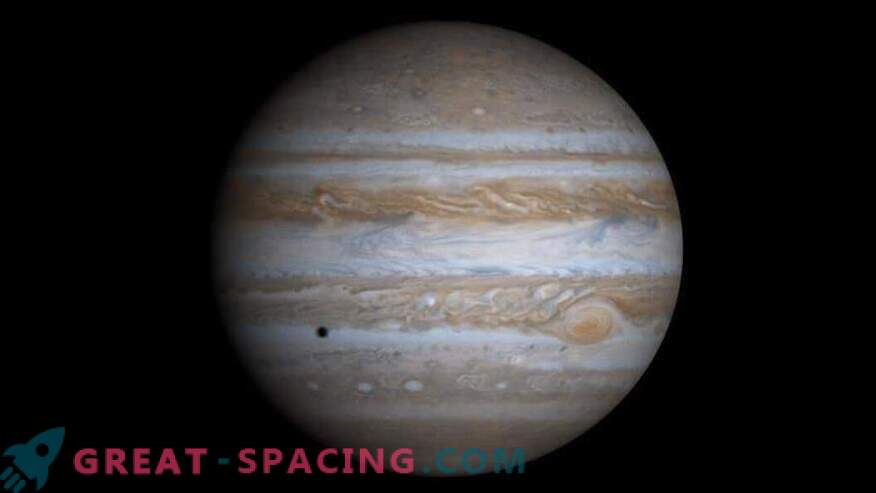
Jupiter captured by NASA’s Cassini spacecraft
Pebbles are important in the early stages, allowing you to rapidly create a core. But heat released by planetesimals is crucial for slowing down gas accretion, so that the indicators correspond to the time scales shown in meteorites. Scientists are convinced that their findings can solve other long-standing problems associated with the formation of Uranus, Neptune and exoplanets in this mass range.








